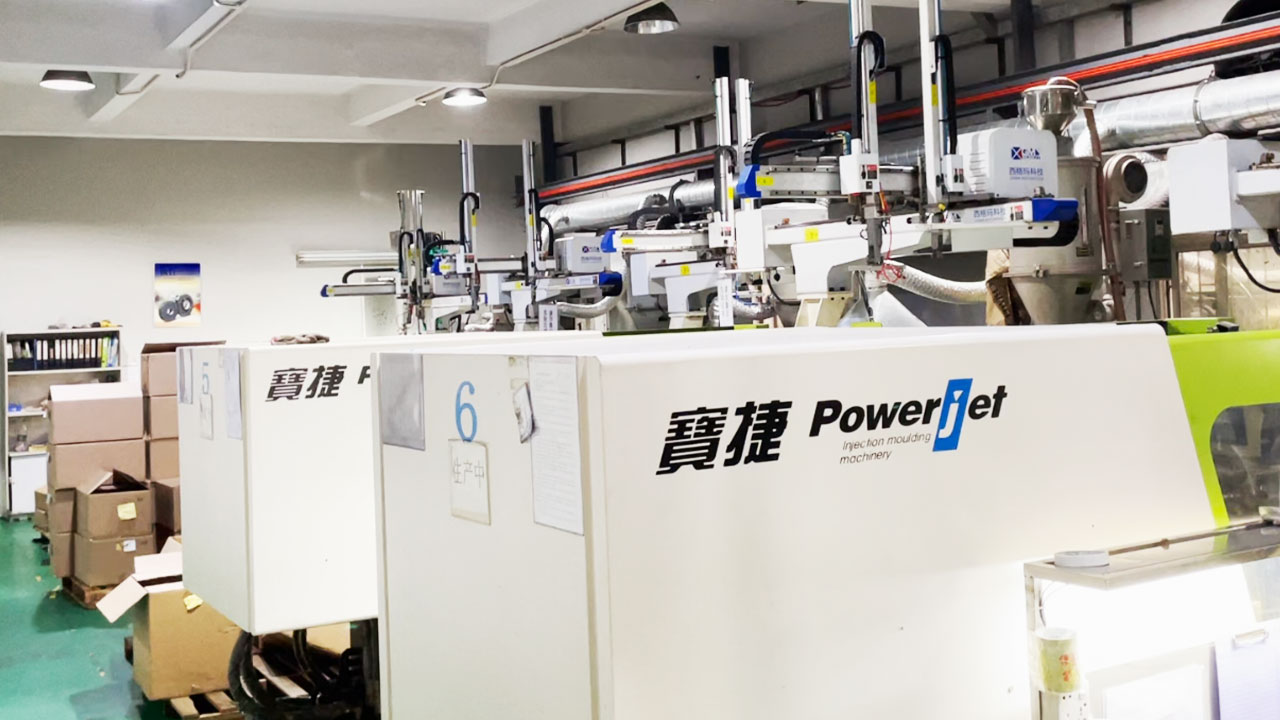Polypropylene, often abbreviated as PP, is a popular choice for injection molding due to its desirable attributes. It is a thermoplastic polymer, meaning it can be melted and reshaped multiple times without significant degradation. Polypropylene is known for its high chemical resistance, excellent electrical insulation properties, and a relatively low cost. Additionally, it offers good mechanical strength and dimensional stability, making it suitable for various applications.
Applications of Polypropylene in Injection Molding
Polypropylene is widely used in various industries due to its versatility.
Automotive Parts: Polypropylene is used to manufacture interior and exterior automotive components, such as bumpers, dashboards, and door panels, due to its lightweight nature and impact resistance.
Packaging: It is a common choice for producing packaging materials, including caps and closures, bottles, and containers, thanks to its excellent chemical resistance and cost-effectiveness.
Consumer Products: Polypropylene is found in a wide range of consumer products like toys, appliances, and household items, benefiting from its durability and low cost.
Medical Devices: The medical industry utilizes polypropylene for creating sterile and chemically resistant medical devices and packaging.
Electrical Components: It is used for producing electrical enclosures, connectors, and other electrical components, thanks to its electrical insulation properties.
Introduction to Injection Molding
Injection molding is a highly versatile and efficient manufacturing process widely used in the production of a vast array of components and products. The method involves injecting molten material into a specially designed mold cavity, where it cools and solidifies to take the shape of the mold. The process’s precision and repeatability make it a popular choice in various industries.
Injection molding offers a multitude of advantages in the manufacturing industry. Its rapid production capabilities lead to cost savings, while a wide variety of materials can be utilized, including polypropylene, enhancing its suitability for diverse applications. Injection molding generates minimal waste, contributes to consistency in product quality, and allows for complex part designs, empowering creative freedom. Moreover, for high-volume production, it remains a cost-effective solution, as initial tooling costs are outweighed by the process’s speed and efficiency. These inherent benefits position injection molding as a leading manufacturing method across various industries.
Benefits of Using Polypropylene in Injection Molding
Lightweight: Polypropylene is a lightweight material, making it ideal for applications where weight reduction is a concern, such as in the automotive and aerospace industries.
Chemical Resistance: Polypropylene resists a wide range of chemicals, making it suitable for containers, tanks, and pipes that carry corrosive substances.
High Strength: Despite its lightweight nature, polypropylene exhibits good tensile and impact strength, which ensures the durability of products.
Cost-Effective: Polypropylene is an economical choice for injection molding, allowing for the cost-efficient production of high-quality components.
Recyclability: It is a recyclable material, contributing to sustainability efforts and reducing environmental impact.
Polypropylene vs. Other Materials
When comparing polypropylene to other materials commonly used in injection molding, some key differentiators become evident:
Polypropylene vs. Polyethylene: Polyethylene is another popular choice, but polypropylene generally has better mechanical properties and chemical resistance. Polyethylene is more flexible and has a lower melting point.
Polypropylene vs. Polystyrene: While polystyrene is easy to mold, it lacks the chemical resistance and strength of polypropylene.
Polypropylene vs. ABS (Acrylonitrile Butadiene Styrene): ABS is known for its impact resistance and can withstand a wide temperature range, but polypropylene is more chemically resistant and lightweight.
Conclusion
Polypropylene’s versatile properties make it a top choice for a diverse array of applications in injection molding. Its applications span multiple industries, demonstrating its value in creating high-quality, cost-efficient, and durable products for consumers and businesses alike. Whether you’re designing automotive parts, consumer goods, or medical devices, polypropylene remains a reliable and trusted material for injection molding. If you are considering injection molding for your next project, Senses Injection Molding Services is here to help. For inquiries or to learn more about our injection molding services, please don’t hesitate to get in touch with us.





